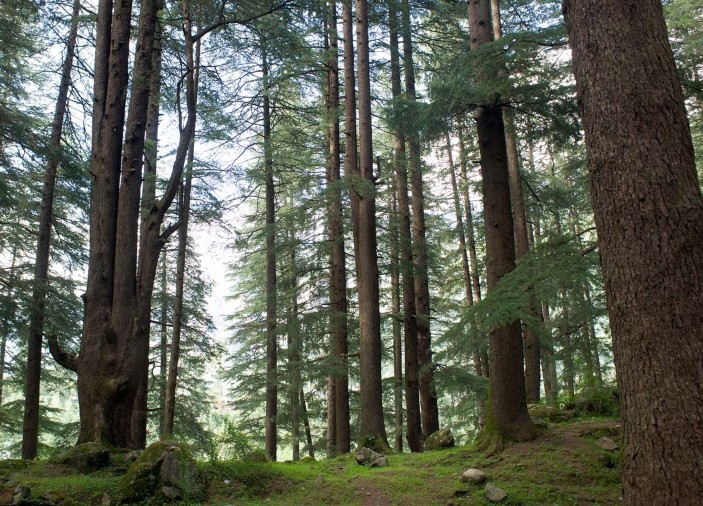Forests in tropical Asia — constituting South Asia, Southeast Asia and tropical China — are threatened by direct (land use change) and indirect (anthropogenic climate change) stressors. Climate change, for example, modifies plant phenology and vegetation structure, in turn influencing vegetation distribution, carbon storage and biodiversity. Effective management and policy recommendations therefore require in-depth understanding of these processes, particularly in tropical Asia, which hosts 7 of the 36 global biodiversity hotspots.
Simon Scheiter from the Senckenberg Biodiversity and Climate Research Centre, Germany, and colleagues, use a dynamic vegetation model (aDGVM2) to investigate the impact of climate change on vegetation formation across tropical Asia. Compared to 2000–2019, aboveground biomass in 2080–2099 is projected to increase by 12.7% and 22.8% for Representative Concentration Pathway 4.5 (RCP4.5) and RCP8.5, respectively. These changes are consistent across most of tropical Asia, with negative changes detected only in Pakistan and Afghanistan. Such biomass increases are primarily related to a shift from small to tall formations, and from deciduous to evergreen biomes, most pronounced in India and Southeast Asia where height changes of ~5–10 m are simulated for RCP8.5. Thus, regions of tropical Asia covered by natural vegetation are anticipated to remain a carbon sink until the end of the century (when ignoring the effects of land use change), largely owing to CO2 fertilization. However, results were found to vary across individual ensemble members, demonstrating the need to consider a diversity of models when assessing future vegetation trends.

Credit: Steve Davey Photography / Alamy Stock Photo
These potential projected increases in aboveground biomass offer support for natural vegetation conservation as a climate mitigation strategy. However, shifts from open (grassland) to closed (forested) ecosystems may also present conservational challenges; while such transitions benefit climate mitigation, they might also threaten biodiversity, creating conflict between user groups.
Source: Ecology - nature.com


